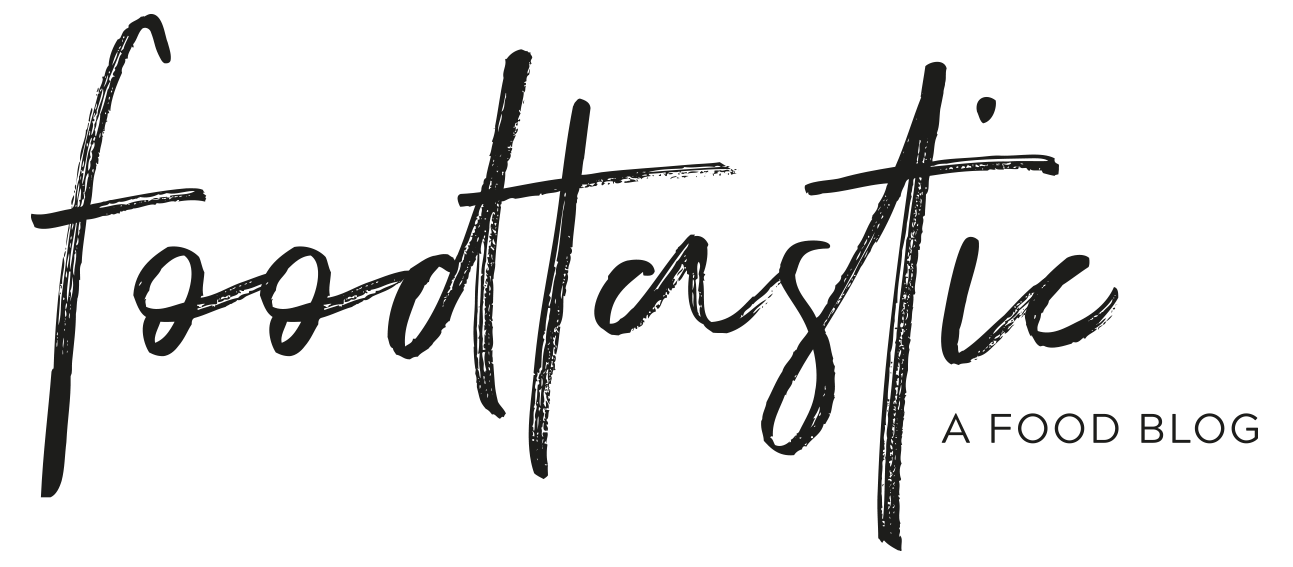All Around the World & Moroccan Chickpea Stew
Eating is a complex thing. There are various guidelines and flavours depending on geography and culture, just like in language, fashion and the arts. Ethnic characteristics in particular are significant - different countries have different customs, and that includes cuisine, food presentation as well as table etiquette.
Reist man in ferne Länder, kommt man mit neuen kulturellen Eindrücken nach Hause. Viele beziehen sich dabei auch auf Geschmackserlebnisse, also die Esskultur. Wenn man etwas offener ist für neue Geschmäcker und Rezepte, wird man mit tollen Geschmackserlebnissen belohnt und stößt zudem auf ausgefallene Nahrungsmittel, die man zuvor vielleicht gar nicht probiert hätte.
Heute hat die Globalisierung so einiges vorweggenommen. Für exotische Gerichte muss man nicht mehr unbedingt weit reisen. Die Speisekarten in unseren Restaurants sind zu einem kulinarischen Schmelztiegel geworden: mexikanische Enchiladas, japanisches Sushi, chinesische Fleischgerichte, belgische Waffeln, italienische Teigwaren usw.
Allerdings werden Originalspeisen aus anderen Kontinenten oft genug dem uns vertrauten Geschmack angepasst. Typische Landes-Spezialitäten, wie zum Beispiel gebratenes Meerschweinchen, Schlangenragout oder Ziegenfleischeintopf, würden hierzulande – und bei der Mehrheit – keine Gaumenfreude bedeuten.
Ich finde es toll, dass ich mein Fernweh ab und an mit den Besuch beim Thailänder, Italiener & Co. stillen kann. Trotzdem schmeckt es vor Ort immer viel besser - man schmeckt sozusagen die Authentizität heraus.
Hier ein paar Essenseindrücke aus Ländern die ich besucht habe sowie ein exotischer Marokkanischer Kichererbseneintopf und wissenswertes über Ras el-Hanout. Please scroll down!
Here some food impressions from all over the world and an exotic Maroccan chickpea hotpot. Please scroll down!
NEW YORK CITY
SAN FRANCISCO
AUSTRALIA
NEW ZEALAND
BALI
FIJI
BELGIUM
DENMARK
Hier ein persönlicher Favorit unter den exotischen Gerichten...
Moroccan Chickpea Stew
Ingredients:
- 260g chickpeas
- 1 red onion
- 1 TBSP Ras el-Hanout*
- 1 pinch of chilli powder
- 250g pureed tomatoes
- 1 red bell pepper
- 2 carrots
- 1 zucchini
- 1 TBSP olive oil
- 1 tsp sugar or honey
- 300-400ml water
- salt and pepper
Preparation:
- Peel and finely chop the onions. Heat olive oil in a pan and fry the onions until they are translucent. Add sugar or honey.
- Add Ras el-Hanout and chilli powder and deglaze with water. Then mix in the tomato puree and briefly bring to the boil. Season with salt and pepper to taste and add the chickpeas. Stir well. Simmer the stew for 15-20 minutes over a medium heat.
- In the meantime, wash and peel the carrots and cut them into 3mm thin slices. Wash, halve, deseed and finely cube the pepper. Wash and finely cube the zucchini. 10 minutes before the tomato sauce has finished cooking, add the carrots. (If you like your veggies crunchy, add them a bit later). After a further 3 minutes, add the zucchini and pepper cubes and simmer for another 5-7 minutes over a medium heat.
- Add 100ml water, if needed, and season with more chilli powder, salt and pepper, to taste. Spoon the chickpea stew into deep plates and serve.
Notes:
Heard of Ras el-Hanout before?
Seems non-local? It is! Arabic, to be exact. Ras el-Hanout (arabic for "head of the shop") is a spice mix originally from Morocco. It's called "head of the shop" because it's a complicated mix of sweet, spicy and bitter flavours that used to only be prepared by the boss. Ras el-Hanout generally contains nutmeg, cinnamon, aniseed, chilli, pepper, ginger, allspice, cardamom and cloves. A classic mixture can consist of nutmeg, dried rosebuds, cumin, cinnamon sticks, mace, aniseed, turmeric, orris root, chilli peppers, lavender petals, white pepper, dried ginger, cloves, allspice, coriander seeds, cardamom pods and galangal root.











